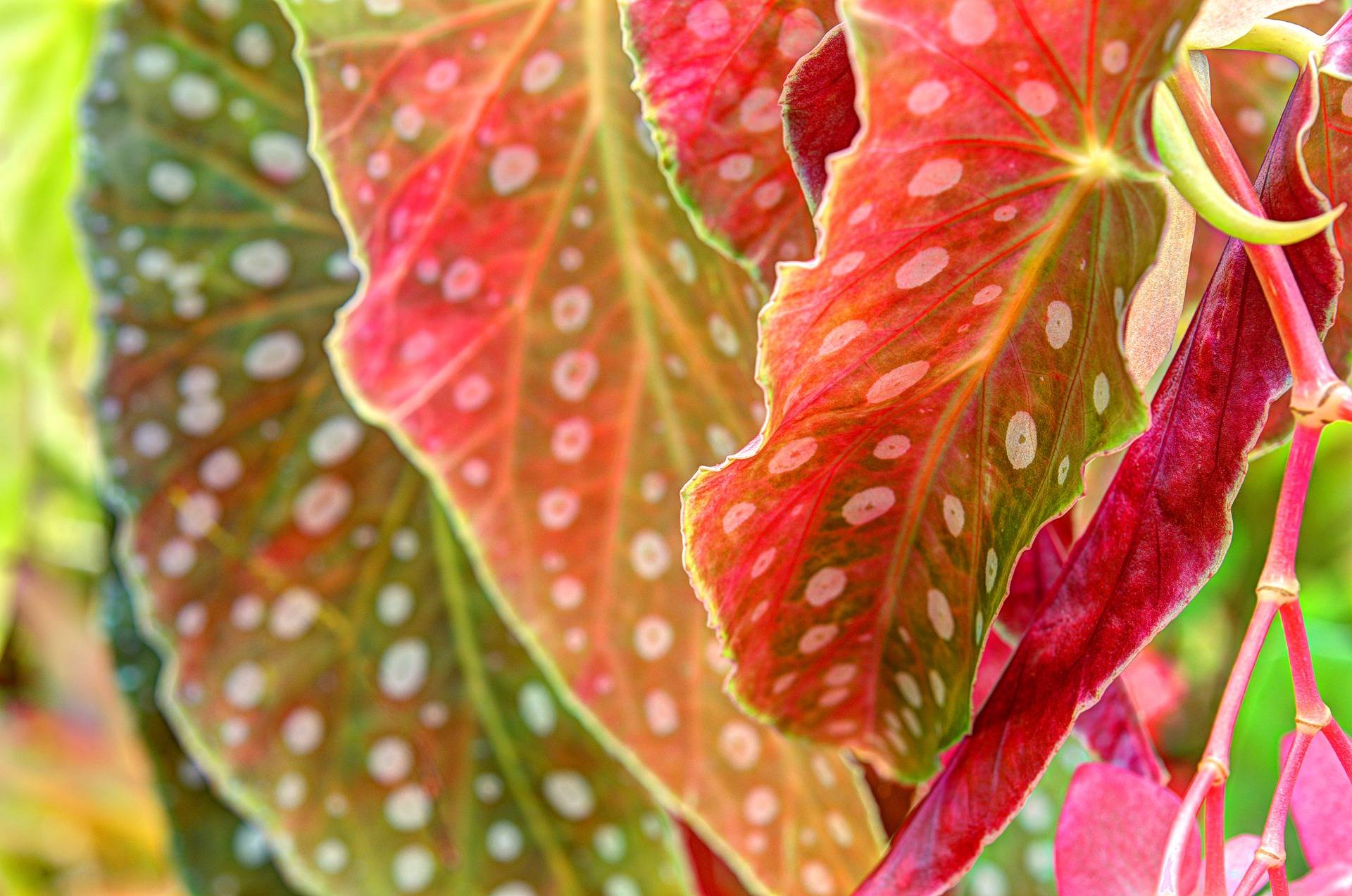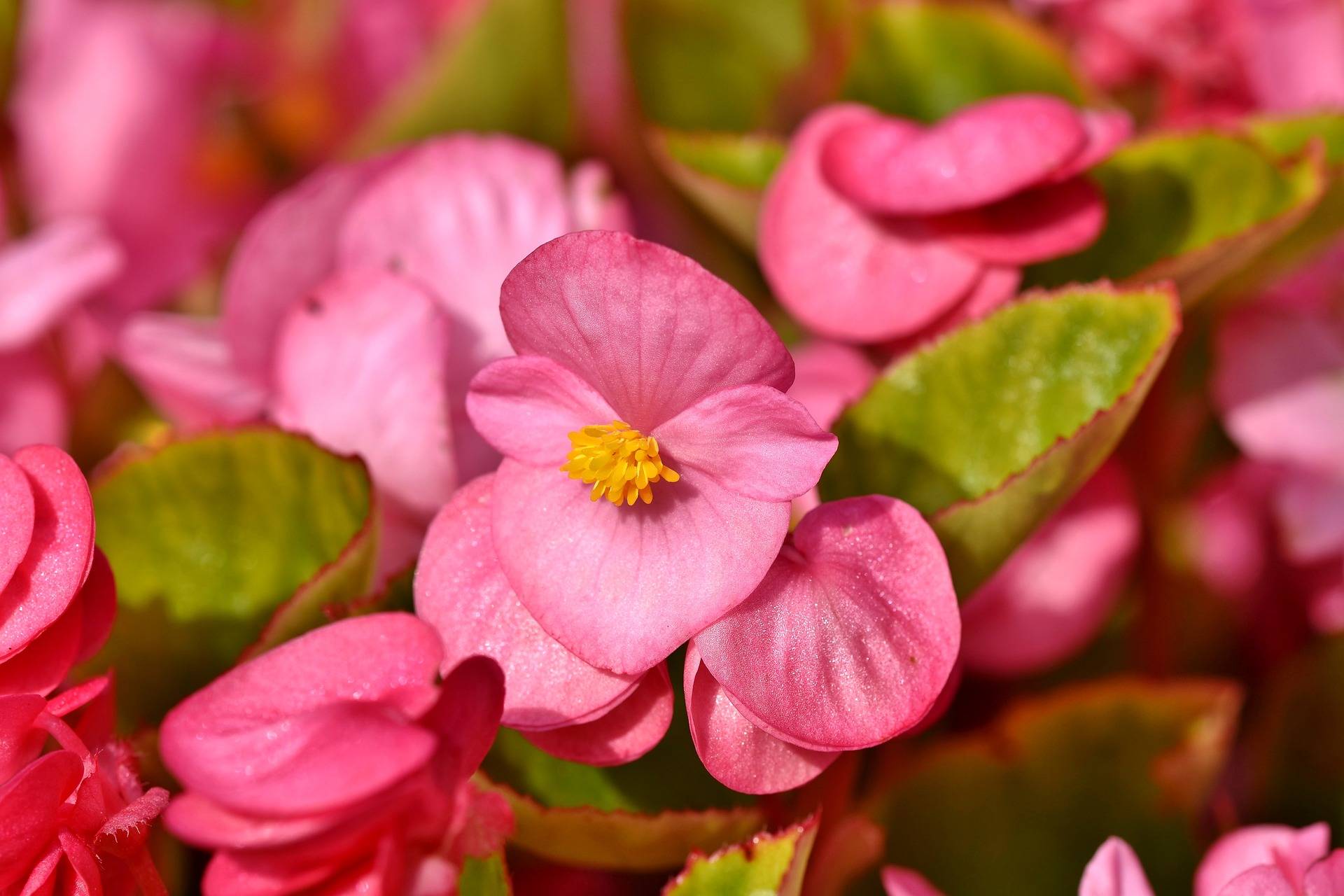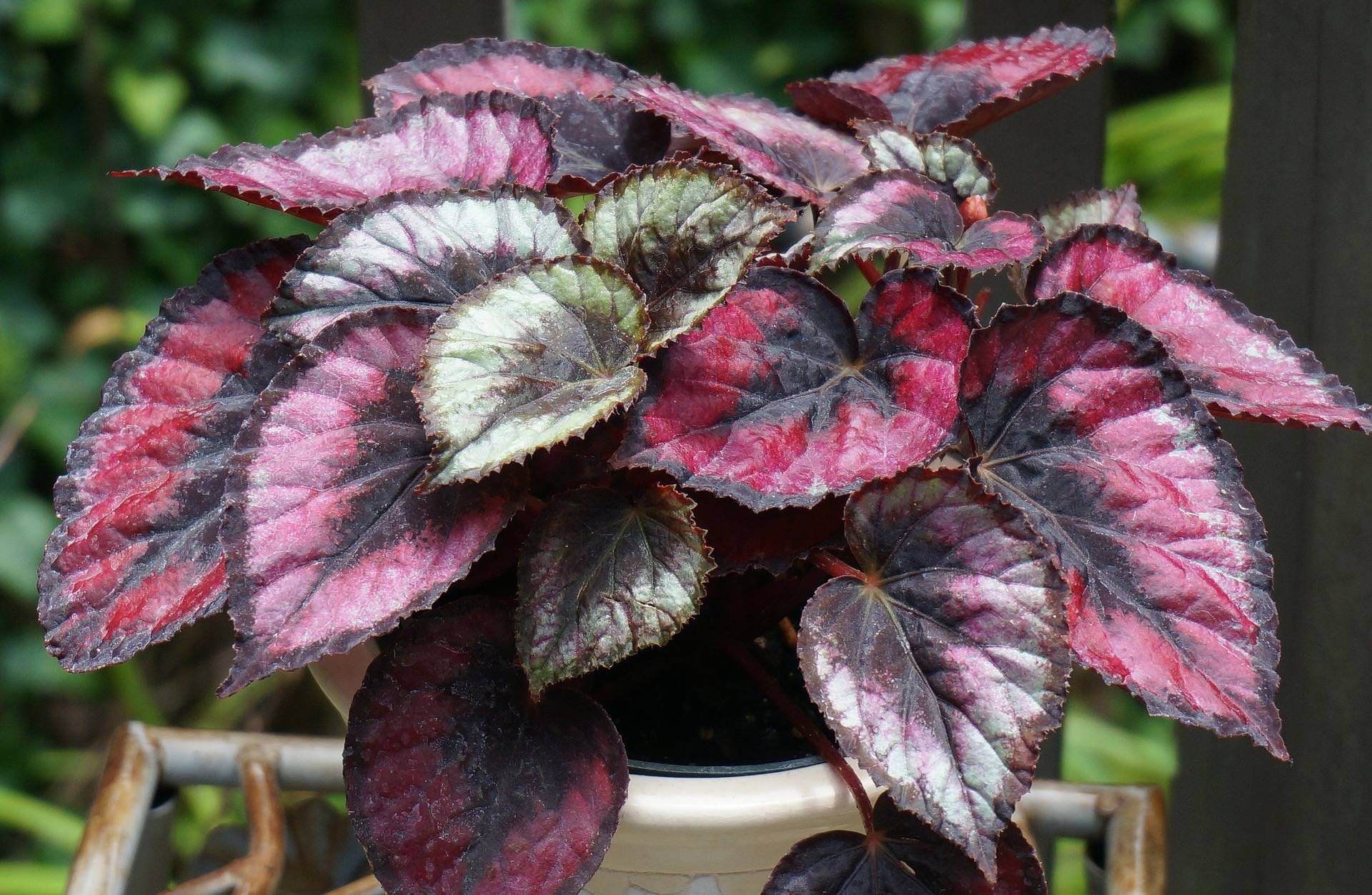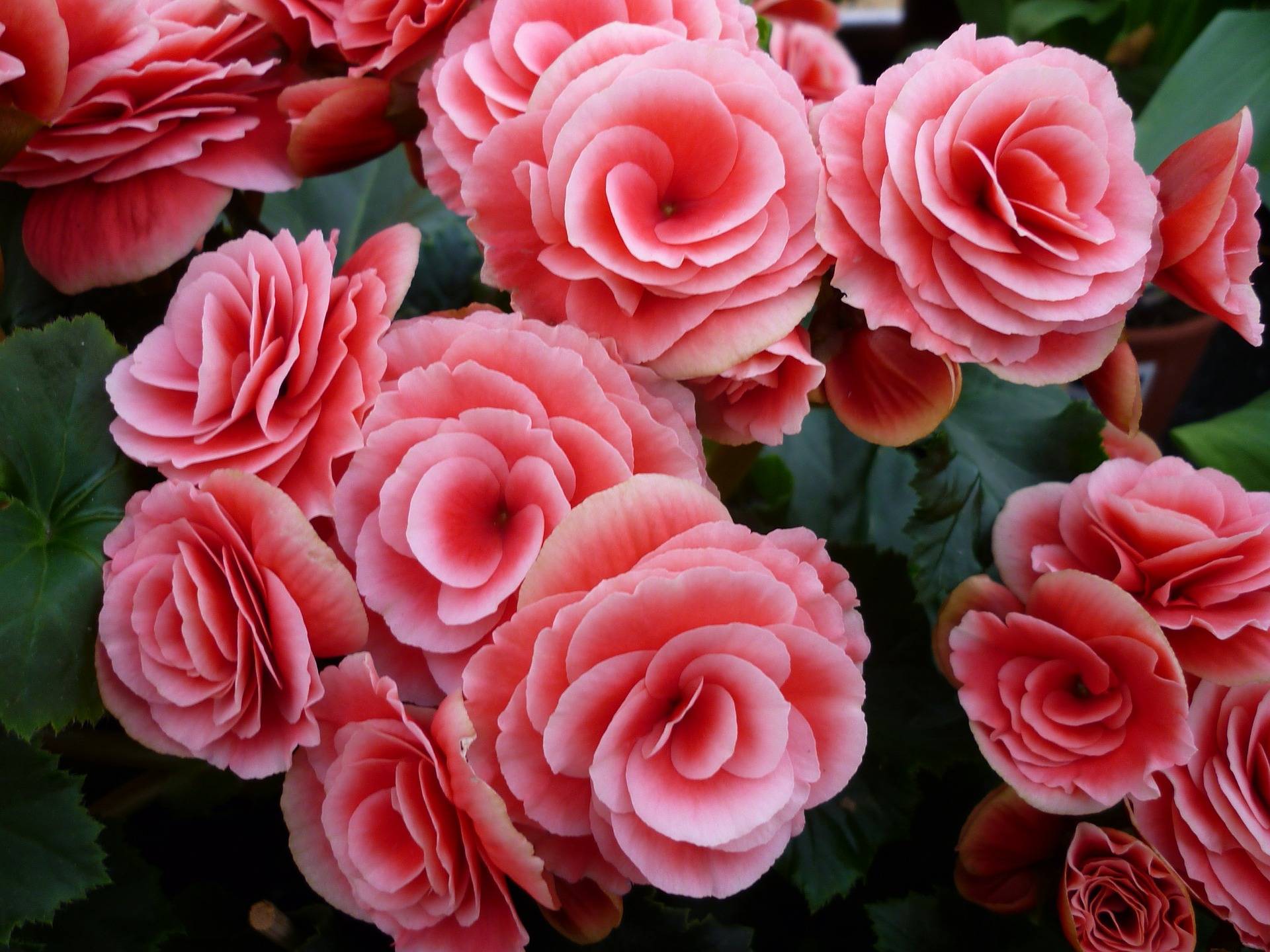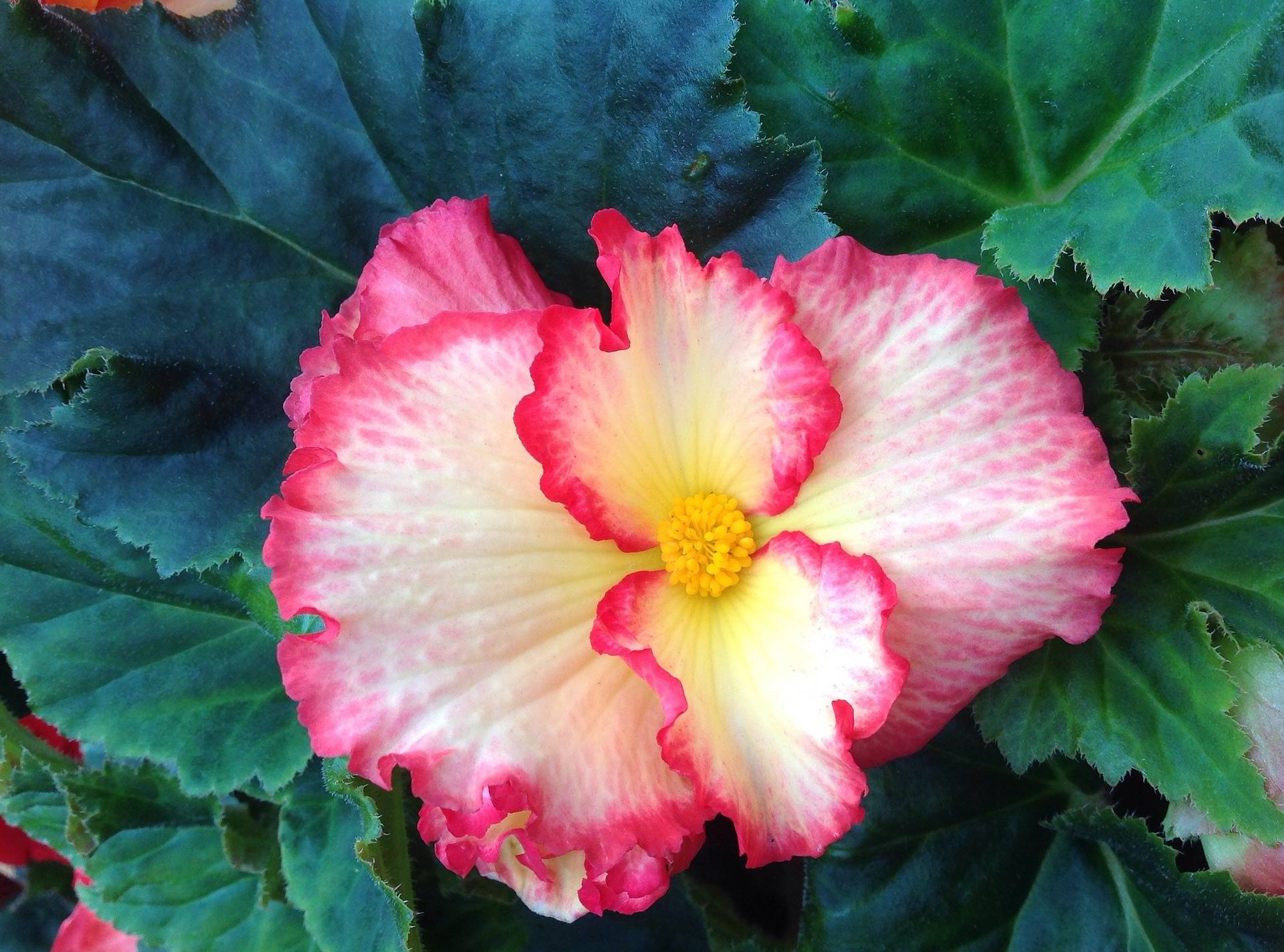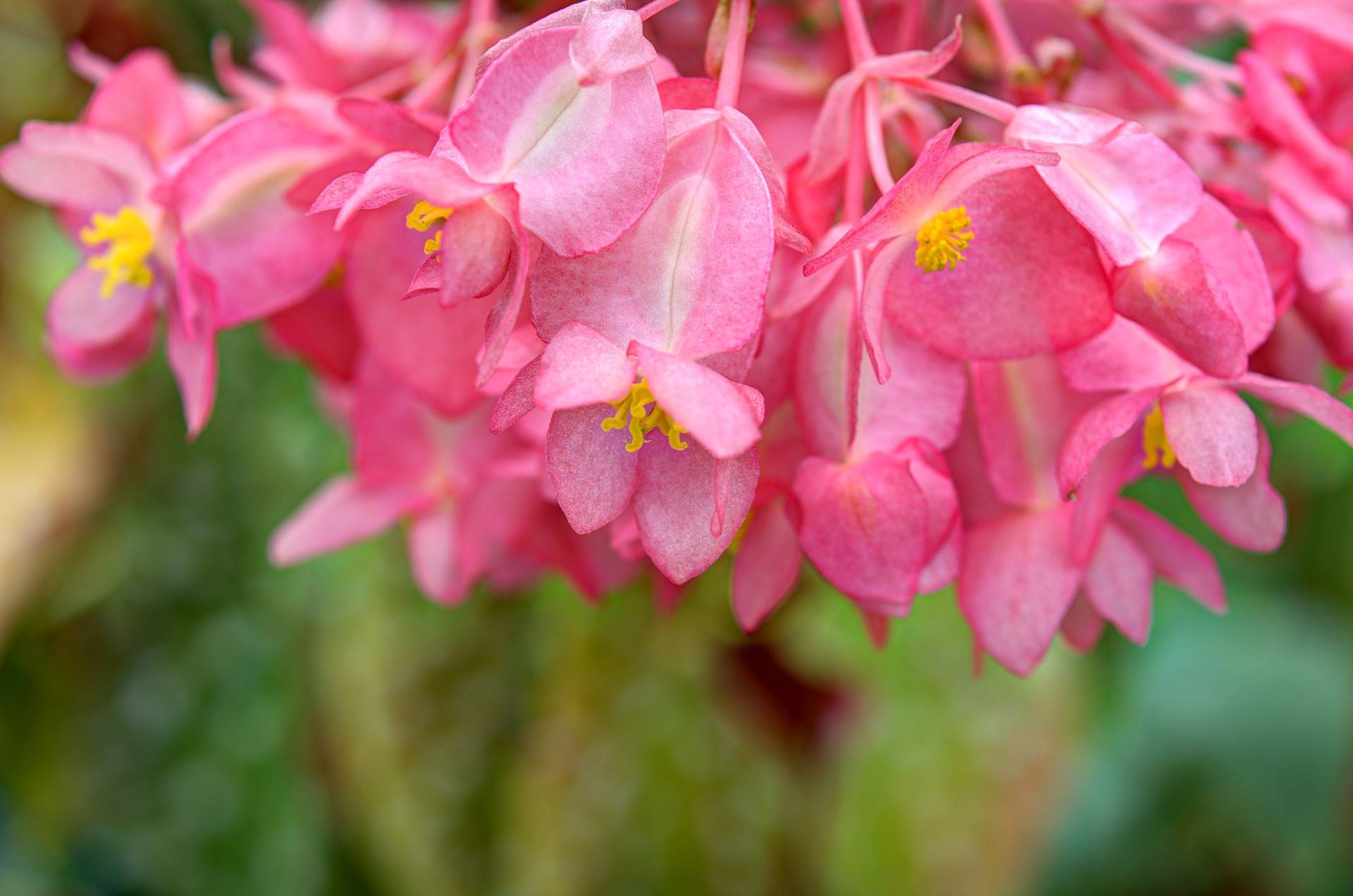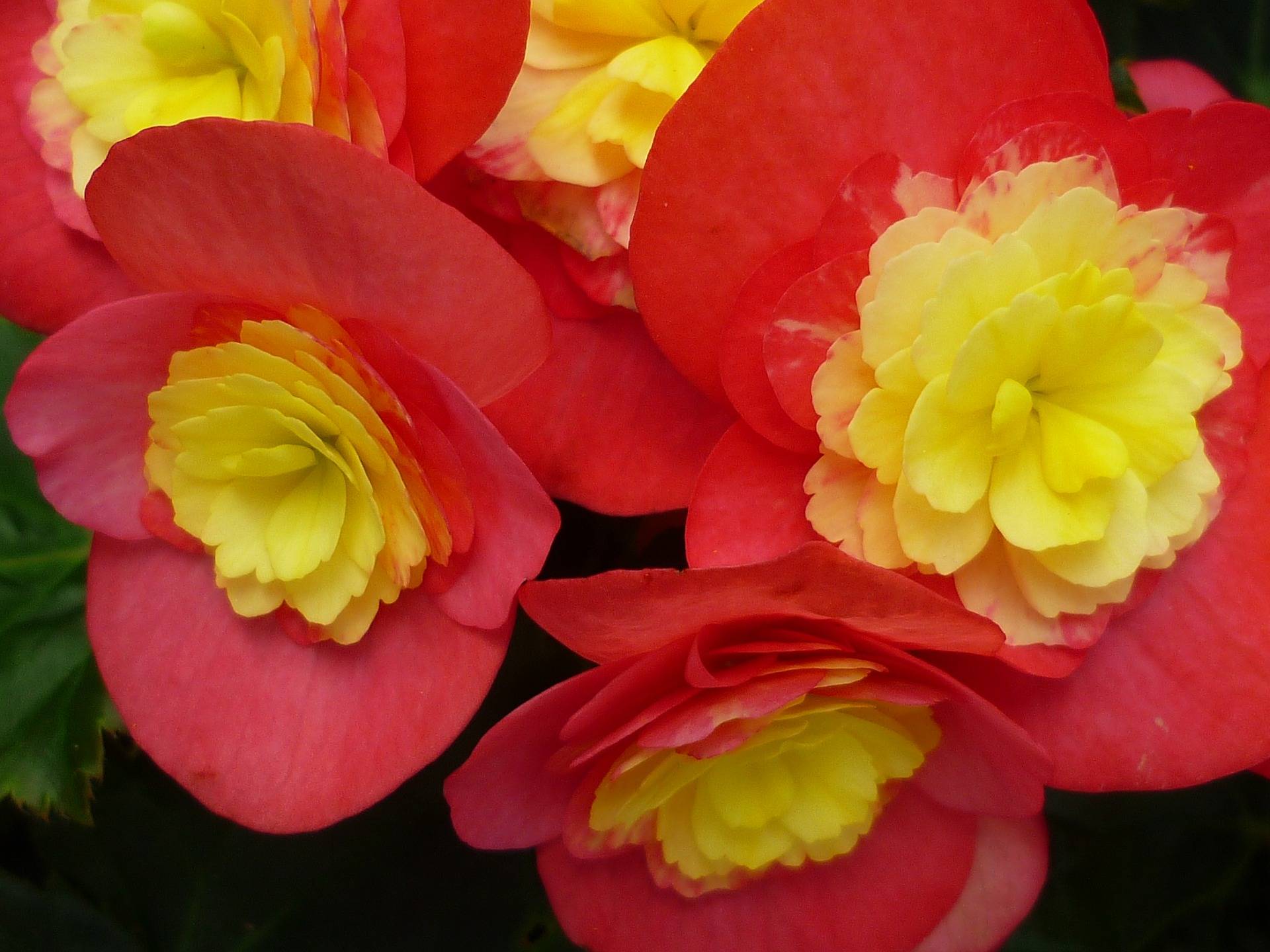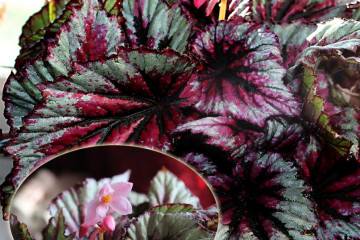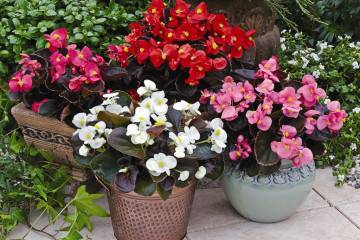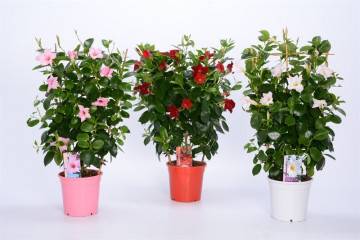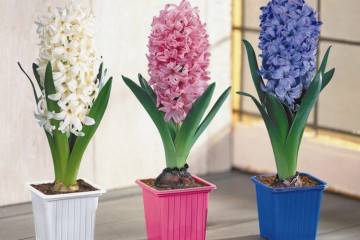Begonia - home care, cultivation
Content:
The begonia flower is an excellent home plant for flowering and deciduous ornamental varieties. Careful attention to the plant and proper care will provide the owner with an incredible aesthetic result: abundant flowering and leaves of amazing colors. The plant is perfect for a windowsill or balcony.
What does begonia look like, which family does it belong to?
Begonia (international name - Begonia) is a genus of plants in the Begonia family. For the first time begonias were discovered and described in the 17th century. during an expedition to the Antilles, organized by Michel Begon, a French official and naval officer, after whom the flower got its name.
The natural habitat of begonias includes highlands (up to 4000 m above sea level), as well as tropical rainforests and subtropical regions of India, Africa and America. It is Africa that is considered the true homeland of the plant.
There are several classifications of begonias. For growing indoors, it is convenient to use the division into two large groups:
- flowering varieties - with numerous bright flowers;
- decorative deciduous varieties - with bizarrely colored leaves, against which the small flowers of the plant are simply lost.
Among the popular varieties of decorative flowering begonia are the following:
- Eternal blooming;
- hybrid Elatior;
- Ampelnaya.
The most common decorative deciduous varieties include:
- Royal (aka Rex);
- Metallica;
- Tiger;
- Cleopatra;
- Coral.
Begonia is not only an outwardly attractive, but also a useful houseplant. Due to its phytoncidal activity, its leaves improve the indoor air, cleaning it from toxins and dust.
Additional Information: due to its high decorativeness, today thousands of hybrid forms and varieties of begonias have been bred.
Begonia: home care
Begonia requires constancy, and it manifests itself in everything. For her, you need to choose a specific place in the apartment and try not to rearrange the pot. For a flower, the best option would be a western or eastern window - for decorative flowering varieties that like good lighting, there will be enough light, while the risk of burns is minimized.
The optimum temperature for a plant is 18-22 ° C. It is undesirable for the ambient temperature to fall below 13 degrees. A slight increase in temperature in summer will be easy for begonia to survive.
In the warm season, the plant requires abundant and frequent watering. The watering regime depends on the rate of drying of the topsoil in the pot: you just need to observe how quickly the soil dries up and set the interval. A general rule of thumb for flowering plants is not to overfill the pot or leave excess water in the pan.
Since begonia is a tropical plant, it likes high humidity. However, it is not recommended to spray the leaves, otherwise dark spots will appear on them, which will affect the decorative effect. To increase the moisture level, the pot must be kept in a larger pallet with damp expanded clay.
Note! During the heating season, radiators dry the air especially strongly.
It is better to take a small pot for begonia - it will be more difficult to fill the plant. The soil mixture can be purchased or prepared by yourself:
- leaf land - two parts;
- sand - 1 part;
- peat — 1 part;
- humus - 1 part.
The drainage material should occupy at least one third of the pot's volume. You can place a layer of charcoal to prevent rot.
The time for feeding comes when budding begins. It is better to use liquid fertilizer: for flowering varieties - potassium-phosphorus, for decorative deciduous - nitrogen. It is enough to introduce fertilizer once every two weeks.
Features of care in winter, dormant period
To figure out how to care for begonias in winter, you need to know exactly its variety. Evergreen species hardly need rest - they bloom all year round, hence their name. Tuberous varieties, on the contrary, need rest, and a long one. This affects watering: it is reduced, and if these are tuberous varieties, then they stop altogether.
Tuberous begonias are placed in the shade in winter with temperatures around 15 ° C. In late autumn, the aerial part of the tuber should die off. If this does not happen, the plant needs to be pruned. A tuber that is not rested may not bloom in the spring.
When and how it blooms
In deciduous species and hybrids, the main beauty lies in the leaves. Flowers appear in them, but they are small and often lost against the background of leaf plates of bizarre shapes and colors.
In flowering varieties, on the contrary, flowers are distinguished by a variety:
- ever-flowering begonia (about 600 varieties) - three or four petals on a smooth or double flower of white, pink, red shades;
- Elatior hybrids (boasting the most abundant flowering) - flowers in inflorescences are double or corrugated, cream, yellowish, pink;
- ampelous, or liana (suitable for balconies and terraces) - simple, semi-double, double and double flowers of almost any shade.
In decorative flowering species, the growing season begins around mid-March, and in June, color can be expected. There are exceptions - ever-flowering begonia can bloom almost without ceasing, and Elatior blooms in the winter months (this hybrid is called winter begonia).
In deciduous varieties, flowering occurs in different ways. Tiger and Cleopatra bloom in the winter months, Metallica and Royal give flowers from June to September, Ampelnaya has a long flowering - from May to October, Coral can bloom all year round.
Important! During the flowering period, you need to help the flower and fertilize in a timely manner.
Transplant and pruning
Caring for begonia at home after purchase begins with a transplant. In addition, young plants, which develop a root system, and new crops are transplanted. Older plants are usually not transplanted. Over the course of its life, a plant can survive several transplants.
Bush varieties of begonias are cut: such plants look like a bush with numerous lateral shoots. A popular representative of bush begonia is Coral. It is not customary to prune ampel varieties - they are often pinched, and tuberous varieties are pruned before the dormant period, if the plant itself has not thrown off the ground part.
Pruning is carried out for the following purposes:
- crown formation;
- growth stimulation;
- improved flowering;
- removal of old stems and dried leaves (sanitary pruning).
The cut is made above the upper kidney. Several trims can be done throughout the year, if necessary.
How Begonia reproduces
In the arsenal of flower growers, there are several breeding options for begonias, depending on the species and their own breeding experience.
Seeds
The soil mixture should consist of peat, humus and river sand. The soil is placed in a box and compacted. Sowing is done superficially, you cannot sprinkle seeds. Cover the container with a film on top. You need to spray the seeds every day, while the condensate should be removed in a timely manner: it should not get on the seedlings. The temperature should be 20-23 degrees Celsius.
At about 10-12 days, the seeds will begin to germinate.Seedlings can be started to open for a couple of hours a day. When the seedlings finally adapt, the film can be completely removed. With the appearance of formed leaves, a pick (intermediate transplant) is made to obtain lateral roots, and then young plants are planted in separate small containers.
Rhizome division
In this way, adult specimens of deciduous species that have grown well are propagated. The flower is removed from the pot, the tuber (roots with a lump of earth) is cut with a sharp knife into two or more parts. Each lobe must have roots and at least one shoot or buds. Places of cuts should dry out, after which each part is planted in a separate pot.
Cuttings
The stalk should have 3-4 leaves. It is placed in water for rooting, which will take up to 4 weeks. Some growers prefer to immediately place the cuttings in the ground. The pots are placed in lighted places, but without direct access to the sun.
Dividing the sheet
In this way, it is convenient to grow deciduous varieties with their large, dense leaf plates. You can take the whole sheet or divide it into parts. The sheet is placed on wet sand, watering is carried out through the pallet. Rooting will take up to 8 weeks.
Note:
Possible growing problems and diseases
During periods of stress, begonia can shed buds and leaves. This happens after a difficult wintering or the first transplant. When the plant recovers, it will gain strength again.
Leaf pallor occurs when the soil is depleted. The plant can be reanimated by transplanting it into fresh enriched soil, and also help with feeding.
Drooping leaves indicate an excess of water, and dried up tips, on the contrary, indicate a lack of it. The flower dies from improper watering.
If only the lower leaves of a plant fall off, this may be a natural wilting process, especially if the leaves are well developed. If this happens on the entire plant, you need to check the correct care for the room begonia.
The flower can infect diseases and pests. Among the most common: aphids and spider mites - you can get rid of them with the help of garden chemistry. But nematode worms are a more complicated problem. They leave characteristic ornate marks on the leaves, and it is almost impossible to get rid of them. The plant will be difficult to save.
Signs
Begonia is considered a symbol of material well-being, it broadcasts positive energy and contributes to personal success. They say she helps people of creative professions in the birth of new ideas.
Indoor begonia is an excellent choice for both a beginner and an experienced florist. She is loved for the huge number of magnificent decorative varieties and hybrids for the home. If you know how to plant and care for begonias and do it right, the result will not be long in coming.

